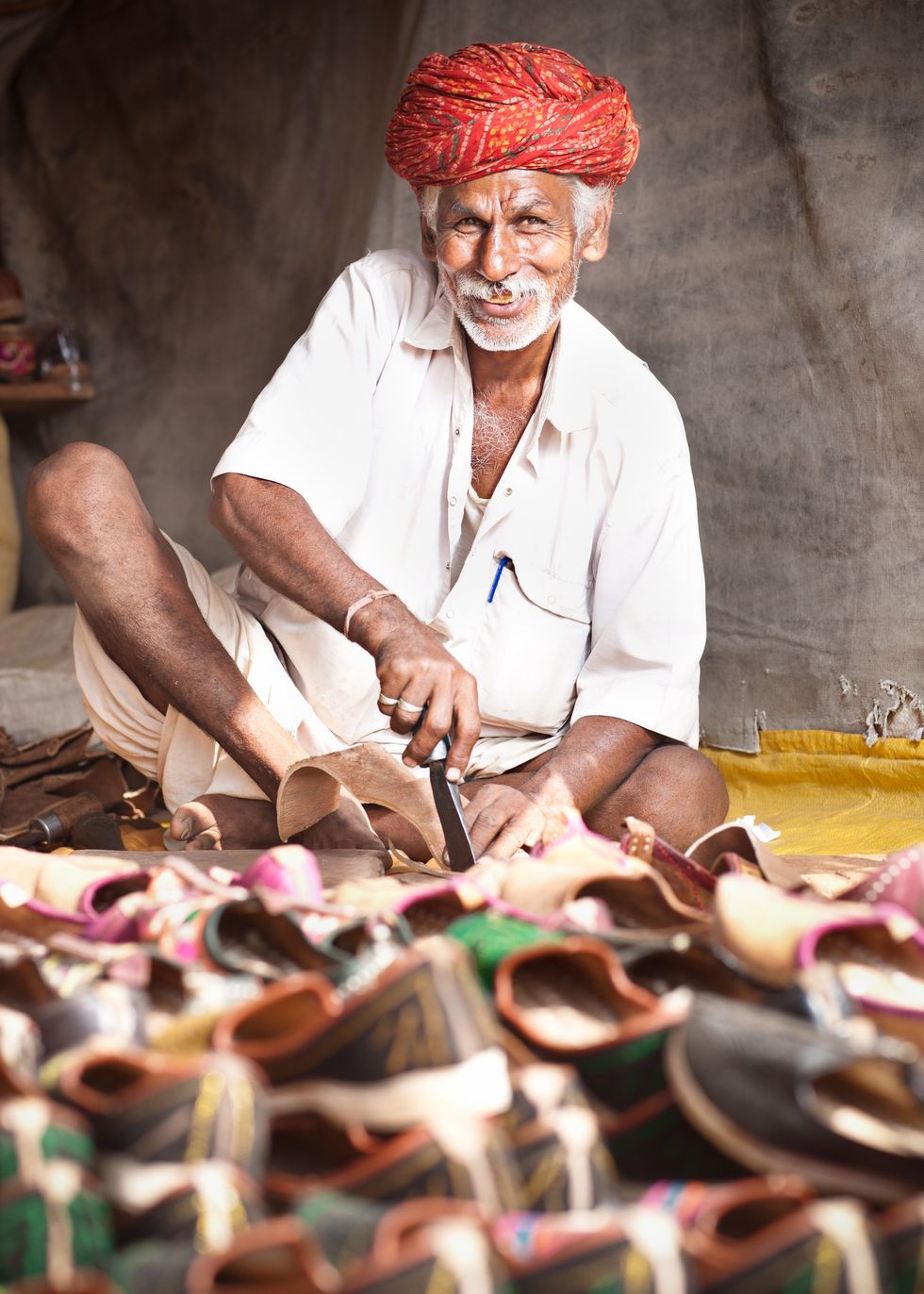Asian restaurants have long been a cherished part of the UK’s vibrant culinary landscape. From the spicy curries of Indian cuisine to the delicate flavors of Japanese sushi, these establishments have consistently delighted customers with their diverse offerings.
However, the restaurant industry is evolving, and Asian restaurants in the UK must keep pace with digital transformation to remain competitive.
This guide will explore various aspects of digital transformation, from online ordering systems to social media marketing, providing actionable insights for restaurant owners.
Online Ordering Platforms
Online ordering platforms have transformed how consumers interact with restaurants, making it essential for Asian eateries in the UK to embrace this technology. By integrating efficient online systems, restaurants can improve order accuracy, enhance customer convenience, and drive sales growth in an increasingly digital marketplace.
Benefits of online ordering
Increased accessibility: Customers can browse menus and place orders at any time, making it easier to choose your restaurant regardless of traditional hours of operation.
Enhanced order accuracy: Digital systems reduce the risk of human error, which ensures orders are processed precisely as intended, leading to higher customer satisfaction.
Improved customer data insights: Online ordering platforms provide valuable data analytics that allows restaurants to understand consumer preferences, enabling tailored marketing strategies.
Wider reach: By going online, restaurants can attract an audience beyond their immediate location or area, tapping into new customer segments.
Streamlined operations: Integration of online orders with kitchen and inventory management systems improves operational efficiency, allowing staff to focus more on food quality and service.
Social Media Marketing
Social media marketing has become indispensable for restaurants in establishing brand loyalty and interacting with customers. For Asian restaurants in the UK, leveraging social platforms enhances visibility and creates a community around their unique culinary offerings.
Leveraging social media for brand awareness
Social media platforms like TikTok, Twitter, Instagram, and Facebook are incredibly effective tools for building brand awareness and engaging with customers. Restaurants can utilize these platforms to showcase their dishes, share customer reviews, and promote special offers.
Regularly posting high-quality images and videos of menu items can entice new customers and keep existing ones engaged. User-generated content, such as customer photos and reviews, can enhance credibility and trust.
Building community through engagement
Engaging with your audience on socials helps build a community around your brand. Respond to comments, share behind-the-scenes content, and host live Q&A sessions to create a loyal following.
Enhancing Customer Experience Through Technology
Technology can significantly enhance the customer experience, from online reservations to personalized marketing. About 94% of diners say online reviews significantly influence their dining selections, emphasizing the importance of a positive digital presence.
Here are technological tools and strategies that can improve customer satisfaction and loyalty:
Online reservations and table management
Online reservation systems allow customers to book tables conveniently, reducing wait times and improving overall satisfaction. These systems can also help restaurants manage their seating arrangements more efficiently.
Integrating table management software can optimize seating, reduce no-shows, and enhance the dining experience. Restaurants can use data from these systems to identify peak times and adjust staffing accordingly.
Personalized marketing and loyalty programs
Personalized marketing campaigns can help restaurants build more solid relationships with their customers. By using online ordering and reservation systems data, restaurants can customize their marketing efforts to individual preferences and behaviors.
Loyalty programs can incentivize repeat business by offering rewards and discounts to frequent customers. These programs can be integrated with online ordering platforms to track customer activity and offer personalized rewards.
Overcoming Challenges in Digital Transformation
While digital transformation offers numerous benefits, it also presents challenges that must be addressed. These challenges include technical issues, staff training, and resistance to change.
This section will explore common obstacles Asian restaurants face in the UK during their digital transformation journey and provide practical solutions.
Addressing technical issues
Integrating new technology can be daunting, especially for restaurants with limited technical expertise. Common issues include software integration, data security, and system maintenance.
Partnering with reliable technology providers, like SpotOn, can help mitigate these challenges. These providers offer comprehensive support and training to ensure a smooth transition.
Training staff for digital tools
Staff training is critical for the successful implementation of digital tools. Restaurants must invest in comprehensive training programs to ensure employees are comfortable using new technology.
Clear communication, involving staff in decision-making, and providing ongoing support can facilitate a smoother transition.
Embracing the Future: Next Steps for Asian Restaurants
Embracing digital transformation is a continuous journey that requires ongoing adaptation and innovation. Asian restaurants in the UK must stay ahead of trends and continuously seek new ways to enhance their operations and customer experiences.
Here are actionable next steps for restaurant owners looking to future-proof their businesses.
Adopting innovations
Emerging innovations, like augmented reality (AR) and artificial intelligence (AI), offer exciting restaurant opportunities. AI can be utilized for personalized marketing, predictive analytics, and customer service chatbots.
AR can enhance the dining experience by allowing customers to visualize dishes before ordering. Restaurants can also use AR for interactive menus and immersive marketing campaigns.
Staying ahead of trends
Continuous improvement and adaptation are essential for staying competitive in the restaurant industry. Restaurants must regularly evaluate their digital strategies and seek feedback from customers and staff.
Keeping an eye on industry trends and being open to experimentation can help restaurants stay ahead of the curve. Regularly updating technology and processes can ensure long-term success.
Charting the Path Forward for Asian Restaurants
By embracing online ordering platforms, social media marketing, and other digital tools, restaurants can enhance their operations and customer experiences. Restaurant owners should take proactive steps to begin their digital transformation journey.
Utilizing resources like SpotOn's guide on setting up an online ordering system can provide valuable insights and support. Staying informed about industry trends and being open to experimentation can help restaurants stay ahead of the curve and continuously improve their operations.
















 Prada confirms Kolhapuri chappals inspired its 2026 Milan collectionInstagram/
Prada confirms Kolhapuri chappals inspired its 2026 Milan collectionInstagram/ Kolhapuri chappals have been crafted for centuries and received GI tag in 2019 iStock
Kolhapuri chappals have been crafted for centuries and received GI tag in 2019 iStock 
 Shefali Jariwala dies at 42 after cardiac arrest, industry mourns Kaanta Laga starInstagram/
Shefali Jariwala dies at 42 after cardiac arrest, industry mourns Kaanta Laga starInstagram/ Shefali Jariwala was married to actor Parag Tyagi,Instagram/
Shefali Jariwala was married to actor Parag Tyagi,Instagram/